The IRS released a draft of the 2026 Form W-4, Employee’s Withholding Certificate, reflecting major changes prompted by the One Big Beautiful Bill Act (OBBBA). These updates will reshape how withholding is calculated and applied in payroll; early insight is your best tool to stay ahead.
A longer, more complex W-4
The draft 2026 W-4 spans five pages, with three being fillable, demonstrating the level of detail the IRS is asking from employees. Several steps are reorganized, while others see significant enhancements. The draft is for informational purposes only and cannot be used for actual withholding at this time.
Clear changes for 2026 include:
Step 3, Claim Dependent and Other Credits, is now clearly labeled Line 3(a) and Line 3(b). The amount for the child tax credit is currently blank, to reflect OBBBA’s increase from $2,000 to $2,200 per qualifying child.
Step 4, Other Adjustments, removes the “Optional” label. The draft now states that skipping Step 4(b) means withholding will default to standard deduction amounts.
A new deductions worksheet for Step 4(b) stretches across a full page with 15 lines, including new entries tied to OBBBA’s no tax on overtime and no tax on tips provisions, among others.
Under Step 4, an exemption checkbox appears, replacing the old method where employees wrote “Exempt” by hand. The checkbox includes certification language and a reminder to submit a new W-4 for 2027.
New deduction options for tips, overtime and more
The draft also introduces new deduction categories that employees can use to refine their withholding. These include:
- Qualified tips, up to $25,000
- Qualified overtime compensation, up to $12,500, or $25,000 if married filing jointly
- Qualified passenger vehicle loan interest, up to $10,000
- An enhanced deduction for seniors age 65 and older, with separate lines for taxpayers and spouses
These new deductions are added to familiar ones like medical expenses, mortgage interest, charitable contributions, state and local taxes and student loan interest. The expanded worksheet is designed to weave OBBBA’s provisions into standardized withholding decisions.
Why the new W-4 matters in your practice
For clients with tips, overtime, new auto loans or those who qualify for the senior deduction, the draft provides a clear way to match payroll withholding actual tax liability. That can reduce surprises at filing time and lower the risk of underpayment penalties. Payroll systems and HR platforms will need adjustments to handle the new fields.
These changes apply starting in 2026. That means now is the time to prepare by collecting details from clients about tip income, overtime and car loan interest, so they are ready when the final form and withholding tables are published.
How you can get ahead of the W-4 changes
- Review the draft now with your staff and payroll partners. Learn where the new lines are and how they fit into your workflow.
- Run a gap analysis of your current process to identify any necessary changes for tips, overtime, car loan interest and senior deductions.
- Communicate early with clients most affected by these changes, especially those in service industries or with variable overtime.
- Stay alert for the final version and updated withholding tables, as the draft is only a preview.
Next moves
The draft 2026 W-4 reflects how OBBBA is reshaping withholding, deductions and credits, and it underscores how personalized tax compliance has become. Withholding is no longer a static process, but a dynamic one tailored to individual circumstances. Tax pros should also review the recently released draft form W-4P, Withholding Certificate for Periodic Pension or Annuity Payments, to calculate withholding for clients who have pension and annuity income sources. Updates clarify how to handle multiple sources of income and expand the Deductions Worksheet to include qualified tips, qualified overtime, passenger vehicle loan interest, student loan interest, IRA deductions and the senior deduction.
For tax professionals, this is an opportunity to add value. Your guidance will help clients understand the new deductions, make proactive adjustments and ensure payroll systems stay compliant. The sooner you prepare, the smoother 2026 will be.
Information included in this article is accurate as of the publish date. This post is not reflective of tax law changes or IRS guidance that may have occurred after the date of publishing.
